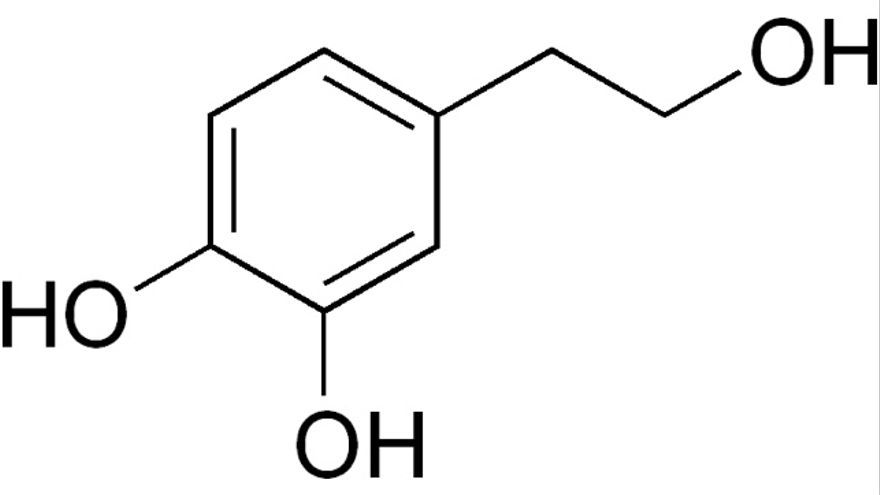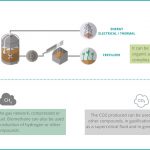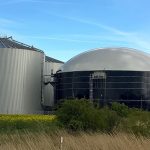In this article we will talk about the solution to polyphenols in anaerobic digestion that we have developed at Smallops. Although we will also mention some treatments and products that help solve the problem of inhibition in anaerobic digestion due to polyphenols.
What are polyphenols?
Polyphenols constitute one of the most widely distributed organic compounds in the plant kingdom, with more than 8,000 known structures. They have been and are of great interest due to their participation in the pigmentation and reproduction of plants and, above all, for their protective power against predators and pathogens.
And it is this last application that generates major headaches when it comes to managing plant waste with a high content of these compounds, such as wine pomace and sludge, those from the cork industry, olive pomace and vegetable water, among others. Well, this protective power against pathogens means that they are phytotoxic; Therefore, its direct application to soil is unviable as it ends up destroying its microbiome and rendering said land uncultivable. The same applies to when it is intended to be managed through anaerobic digestion, as they can inhibit the process.
What is the problem of polyphenols in anaerobic digestion?
Before talking about the solutions, we must understand that the problem of polyphenols in anaerobic digestion occurs when they accumulate, causing in the long run (2-3 TRH) the inhibition of the biogas production process due to a high generation of acids. volatile fatty acids and, therefore, an acidification of the medium, thus inhibiting methanogenesis. This inhibition is very difficult to reverse, so the bioreactor must be “cleaned.”
Now that we know what the problem of polyphenols in anaerobic digestion consists of…
What are the solutions to the problem of polyphenols in anaerobic digestion?
There are different solutions to prevent the inhibition of polyphenols in the biogas production process, among them the following stand out:
- Co-digestion so that waste with polyphenols represents a small percentage of the digester’s diet;
- Digestion in 2 stages, in this way the problem of accumulation of polyphenols is greatly reduced since in the first stage the majority is degraded although it is usually combined with co-digestion, since, otherwise, it seems to be insufficient;
- Pre-treatment with additives such as fungi and/or enzymes;
What are the disadvantages of the above solutions?
The problem with co-digestion is that it requires:
- Sign solid agreements with third parties that supply said waste, that said waste meets quality and homogeneity standards;
- If it is biological waste (manure, slurry…) the biogas plant cannot be located in the facilities of, for example, a pomace factory when producing a human food product such as olive pomace oil, in the same way if it is carried out in an oil mill;
The main problem with 2-stage digestion is its greater CAPEX and process complexity; while the main problem with additives with fungi and/or enzymes is their greater OPEX, since their large-scale production is complex and expensive today.
What is the solution to polyphenols in Smallops anaerobic digestion?
The solution to polyphenols in anaerobic digestion developed by Smallops to avoid inhibitions in methanogenesis, consists of 2 aspects:
- A pretreatment that manages to eliminate at least 84% of the polyphenols through hydrothermal carbonization;
- A product (OPS) that increases the degradation of polyphenols by 24% in the digester and gives greater buffer capacity to the medium to prevent its acidification;
If you want to know more about our solution to polyphenols in anaerobic digestion, contact us here!




